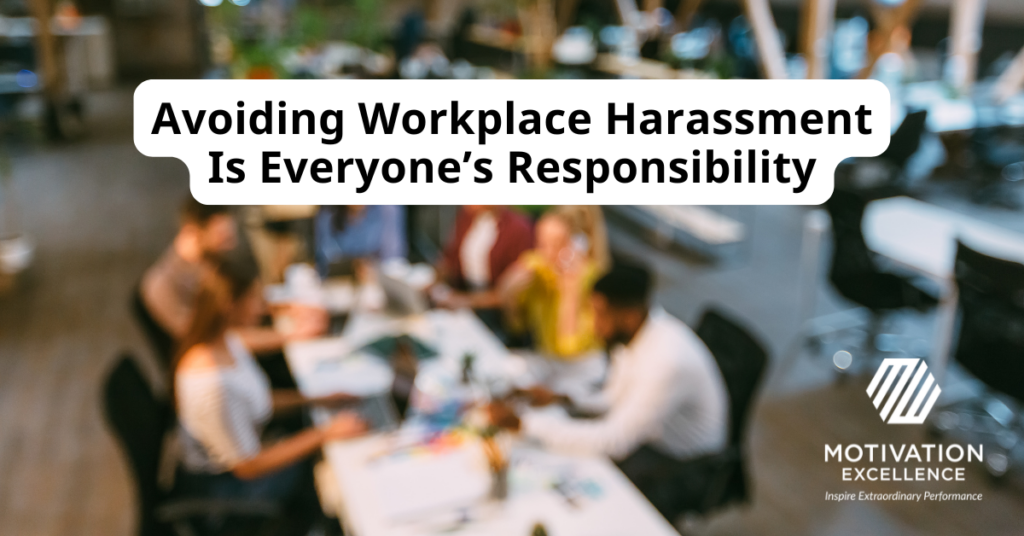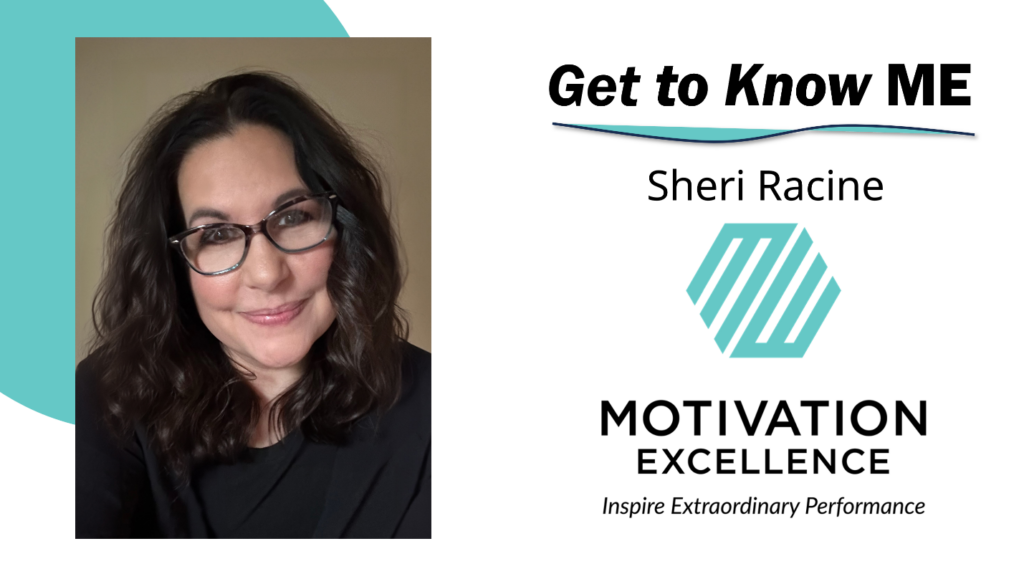A lot of us start the New Year (or new month, or new week… you get it) with intentions to get and stay organized. We’re here to help with that task, and since it’s apropos, this blog is organized into sections so you can skip right to where you want to go! But first, let’s get to why being organized is helpful. Mindtools.com says being organized has a big impact on your overall success. Motion, a digital planning software company, says organization directly relates to quality of life too.
Here are some reasons to get organized this year:
- Increases productivity
- Boosts focus
- Lessens stress levels
- Ignites creativity
- Improves mental and physical health
Okay, let’s get started! Peruse the sections below to get the most out of what you need from this assemblage of organizational tips. Many of them come directly from our team at Motivation Excellence. Most of us juggle multiple client projects at once, from group travel preparation and planning to reward sourcing and fulfillment.
How to Stay Organized at the Office
Alison Gavitt is on our sales team. As a Strategic Account Director, she has daily tasks that involve multiple clients, as well as prospects. She subscribes to the Touch It Once principle. The gist is that when something crosses your desk or laptop, you deal with it right away. This could mean fully completing the task it indicates, or making a decision on how best to move it to the next stage of completion. This cuts out a lot of wasted time when you start something, move onto something else, then come back to the first thing and have to re-familiarize yourself with the details of the project.
Alison: “It encourages immediate resolution and action and helps to keep my workday on track and my desk clean!”
Trisha Neff is a Tech Project Manager in our travel department. She finds herself juggling multiple travel programs at once and says multi-tasking is not her friend. She concentrates on one portion of one program at a time.
Trisha: “What I like to do is make a start on each project one by one, so then when I come back to them later, I find that completing the tasks are much easier since I’ve already started them. Sometimes I’m even pleasantly surprised at how much I got done initially.”
Keep a To-Do List
Lilly Jobes and Brittany Cerrillos are Travel Program Coordinators, and despite being in their 20s, both like putting pen to paper rather than keeping digital to-do lists.
Lilly: “I like to create one just about every day to keep me focused on the most pressing tasks. I feel a weight lifted off my shoulders when I get to cross a task off.”
Brittany: “Writing things down helps me remember, and it is something on my desk that is visibly ‘open.’ I love using sticky notes too. They help me keep certain tasks at the front of my mind.”
Michelle Lien-Burdick is our Merchandise Buyer. She touches any of our programs that use gifting as part of their reward structure. She is also part of our customer service team, so she has long term projects and immediate action items she needs to do daily.
Michelle: “I mark my Outlook calendar if someone owes me something, or if it’s the date I need to place an order for a program. I also keep all my notes for a program as organized as I can whether it’s digitally in a master spreadsheet or hand-written on a printed-out email request that I then file. This helps me get caught up to speed without a lot of searching to figure out where the conversation left off.”
Home Sweet Home Organization Tips
There’s a lot of overlap between the office and home nowadays. Organization is paramount in this situation as you don’t want your 12-year-old accidentally bringing your presentation notes to school instead of his math homework. Indeed.com gives 20 tips to successfully balance the work-home scenario. They include:
- Sticking to a work schedule
- Carving out a work-only space
- Focusing on one task at a time
- Finding a planner that works for you
For Allison Stewart, our sales support assistant, who works a hybrid schedule, the last item on that bullet list is critical to her.
Allison: “Documenting event details (date, time, location, etc.), especially twice, is helpful for me since I have a photographic memory. This way, whether I am at work or at home, my calendars are updated & synced.”
Having access to a cloud server is important when you’re working from multiple places. At Motivation Excellence, we try NOT to use paper as much as possible, so using digital methods like OneDrive or Google Drive help ensure documents we need can be found on any of our devices in any location (Wi-Fi is important to this too).
The Spruce, a home improvement publication, says having an organized home (that stays that way) is possible with a little forethought. They suggest starting with a list of each room in your house and then what needs to be organized in each space. Must-haves for this include drawer dividers, hooks of every variety and a label maker.
The lifestyle magazine, Real Simple, suggests getting over the procrastination hump of organizing your home or office by creating a card deck. Each card states a room or task that needs to be taken care of. Each day, pick a card and get started! They also suggest setting a timer for each task. You can set it for a specific length of time and dedicate yourself to organizing until the alarm goes off, or you can start a stopwatch when you begin a task. Often, they say, a task takes much less time than anticipated!
Inside Your Mind – How to Declutter Your Thoughts
Okay, now we’re getting personal! What are the best practices for organizing thoughts? The Order Expert says you need to convert your thoughts into physical form to start the organization process. So, yes, grab that pencil and notepad, or open up a new Word doc on your PC. Once you get your thoughts, ideas, worries, goals, etc. down in words, they become much more actionable.
Some other ways to help move your mind from a cluttered swirl of incomplete concepts to a more streamlined place of peace include:
- Cleaning up your physical surroundings
- Delegating tasks (whether at home or work) to a teammate
- Using time management skills
- Identifying long-term goals and the steps needed to reach them
Nowhere is a cluttered mind more evident than in reading an email! Trisha, mentioned in the above “At the Office” section, uses this tip to keep her mind and her emails inline.
Trisha: “For lengthy or important emails, I compose them without the TO and CC fields filled out. Even when I’m replying, I remove the recipients in the address fields until I’ve double-checked that the email is ready to send, and then add in the recipients. You only have to accidentally send ONE email before it was ready to go to know this is helpful!”
Wrapping it Up
We could go onto other areas that need organizing (how does the interior of your car look?), but we’ve covered enough for this blog. Of course, how organization looks is in the eye of the beholder. Our favorite messy genius, Albert Einstein, is credited with saying,
“If a cluttered desk is a sign of a cluttered mind, then what are we to think of an empty desk?”
You must decide what works for you. If you find peace working inside what some would call “cluttered chaos” then, by all means, continue. Most of us are somewhere in between “a place for everything, and everything in its place” and giving into a tornado of jumbled disorder. At least now, if you’re looking for a roadmap to the tidy land of organized bliss, you’ve got it!




